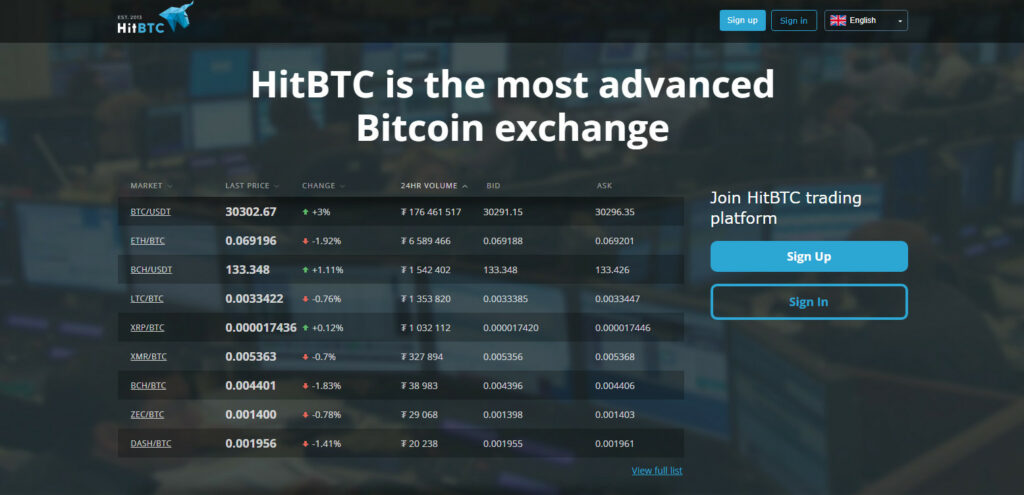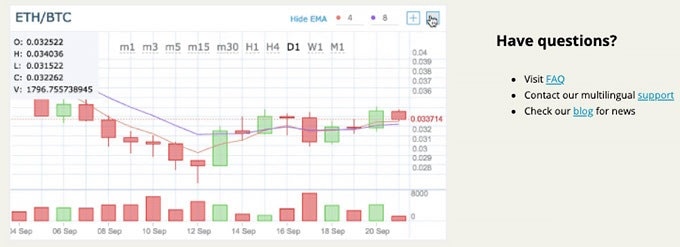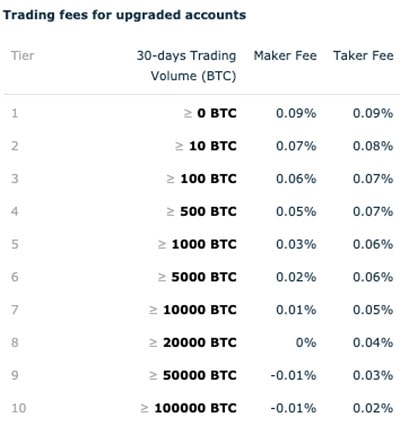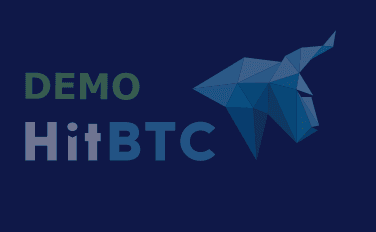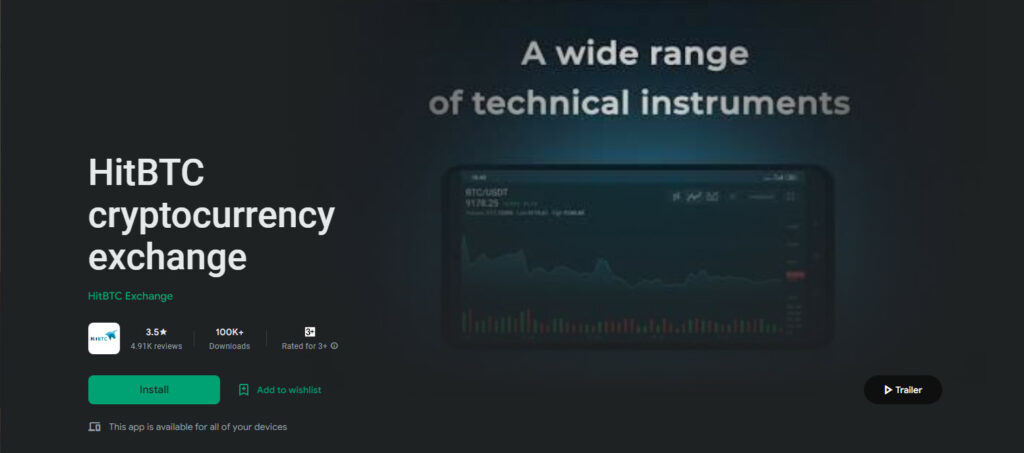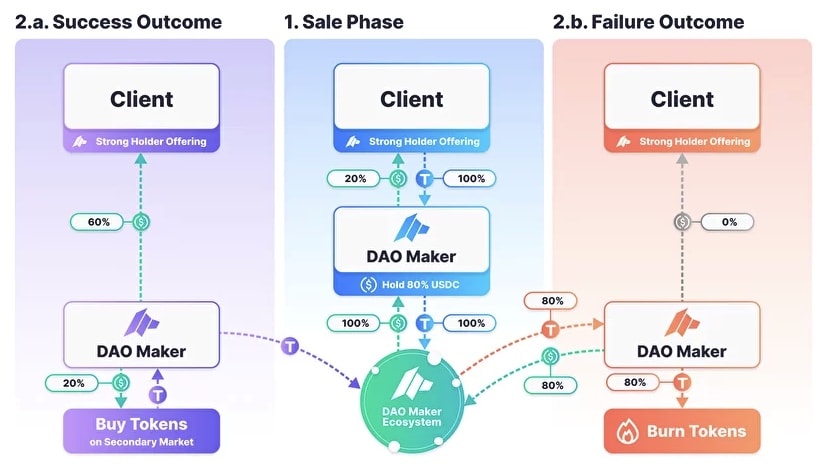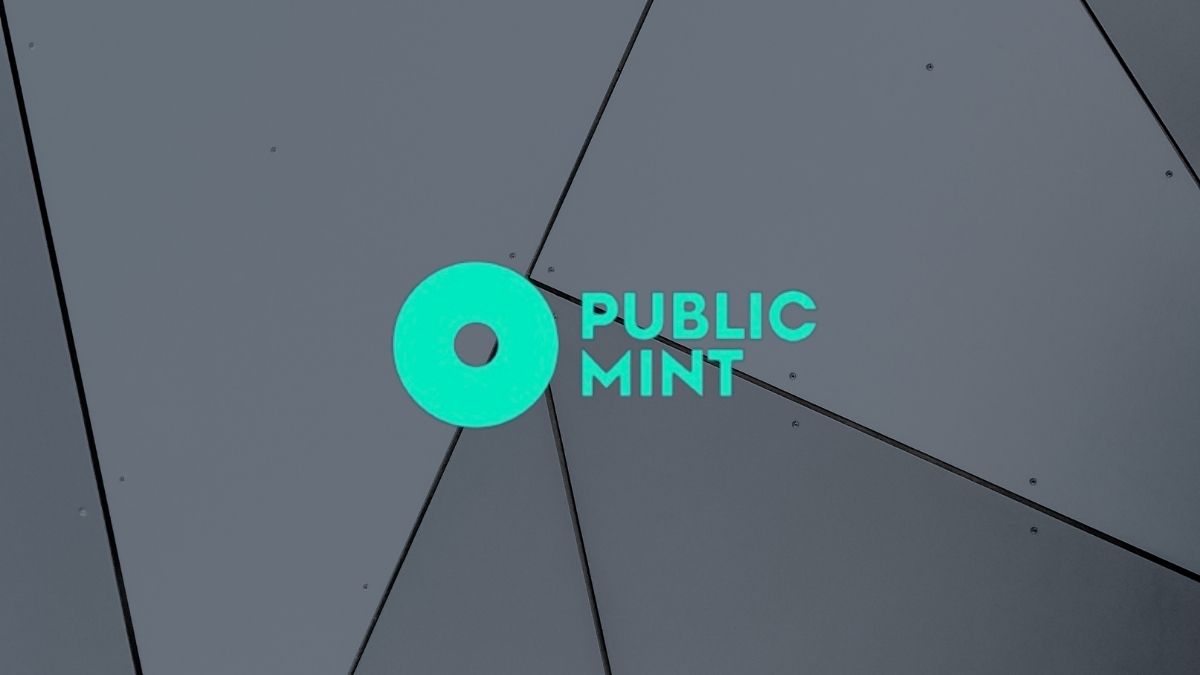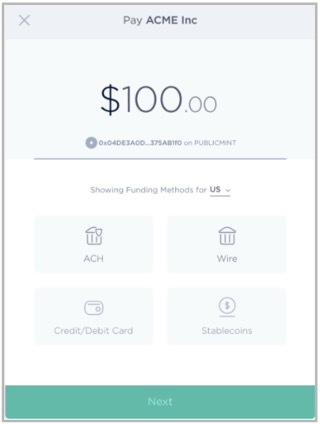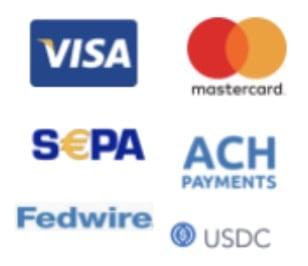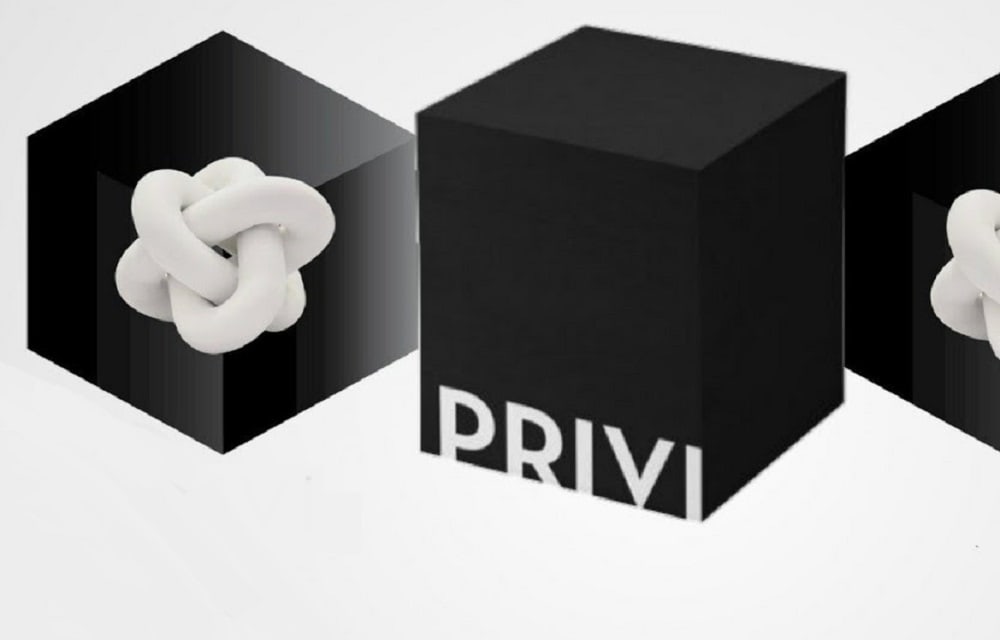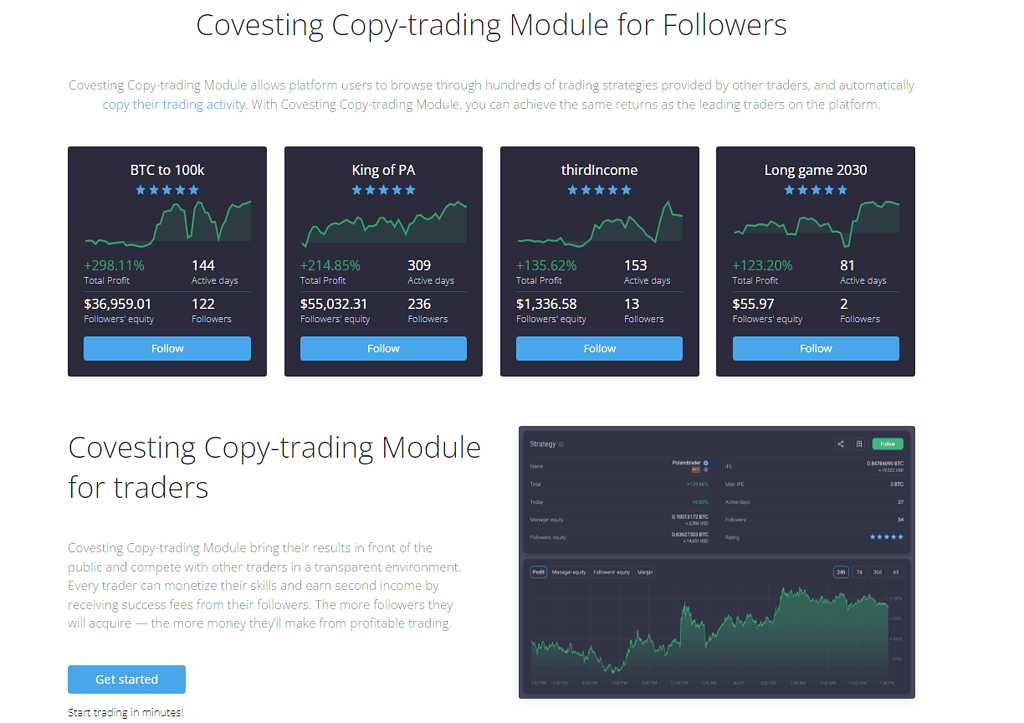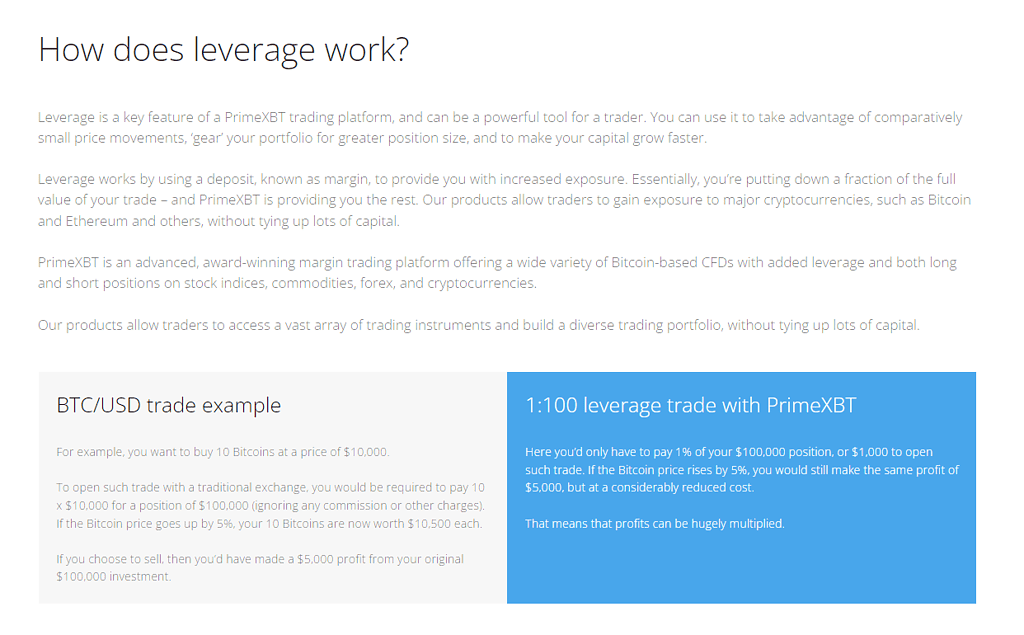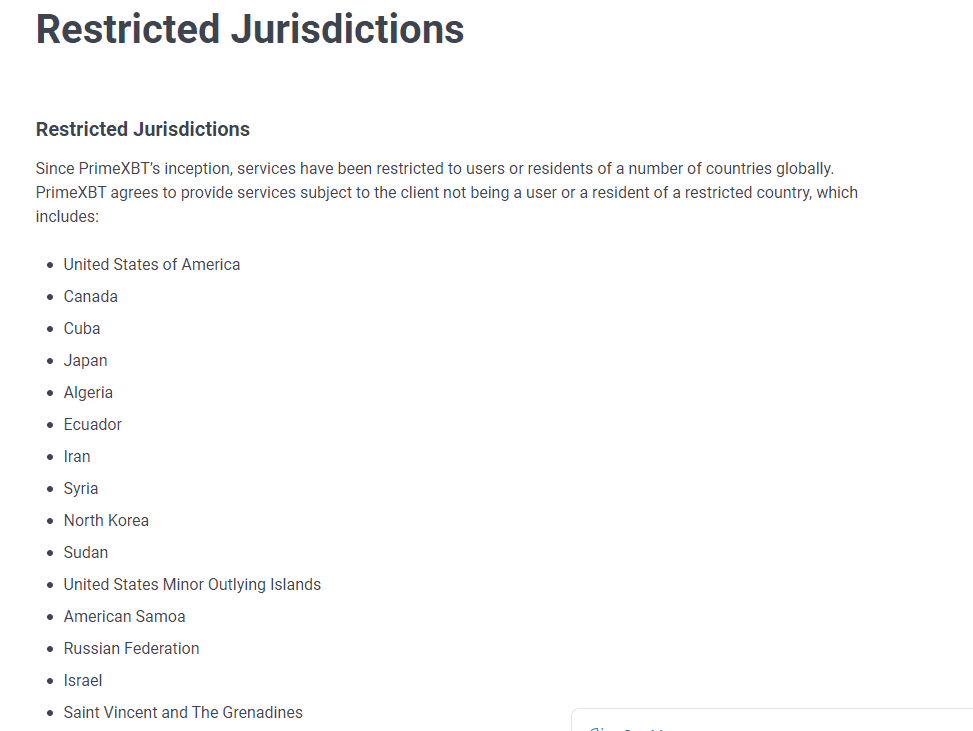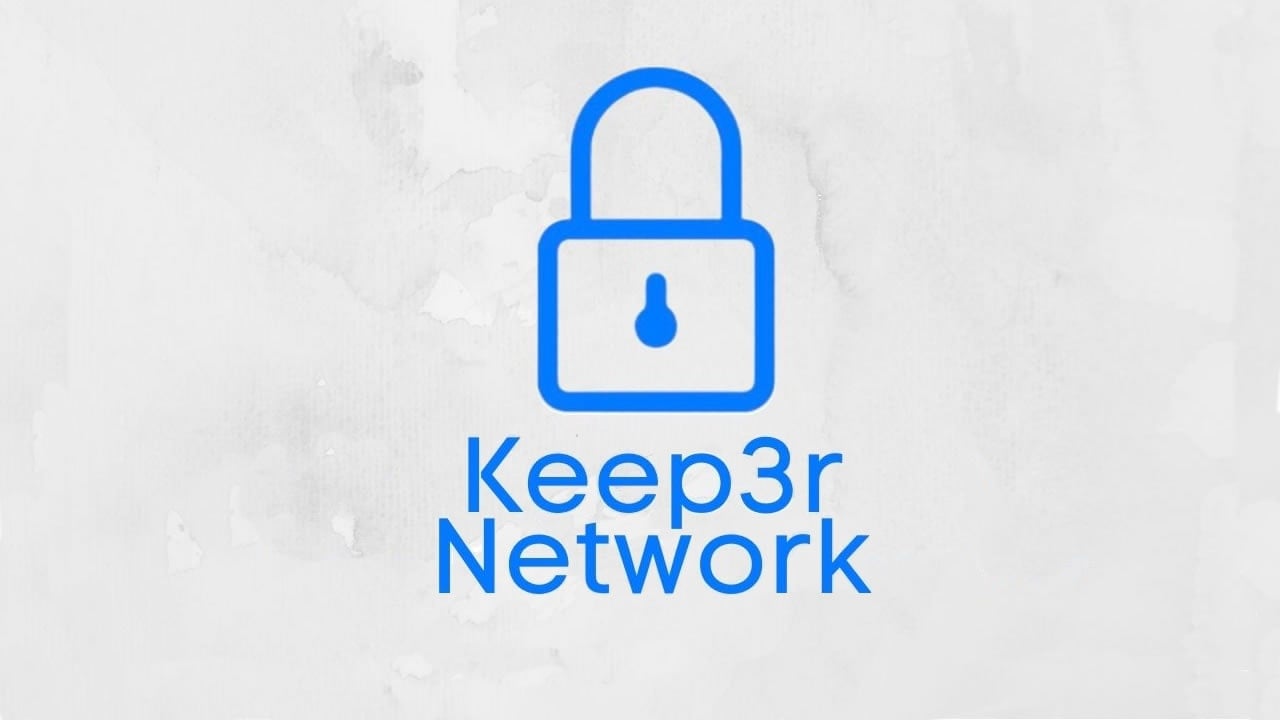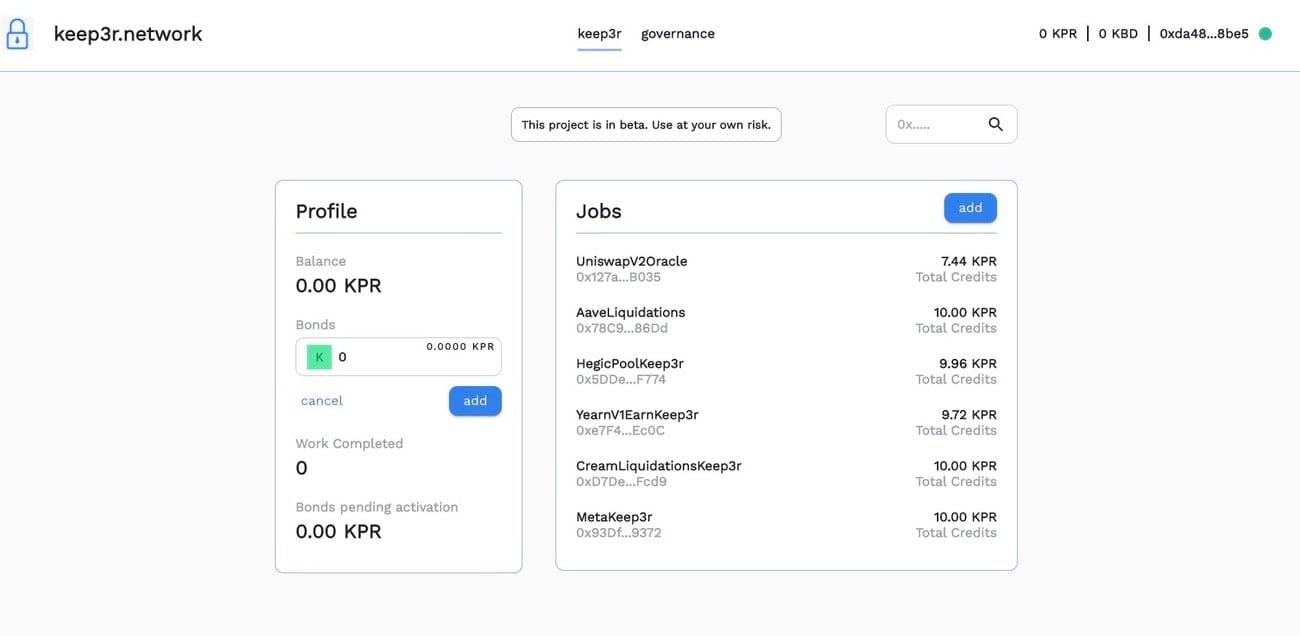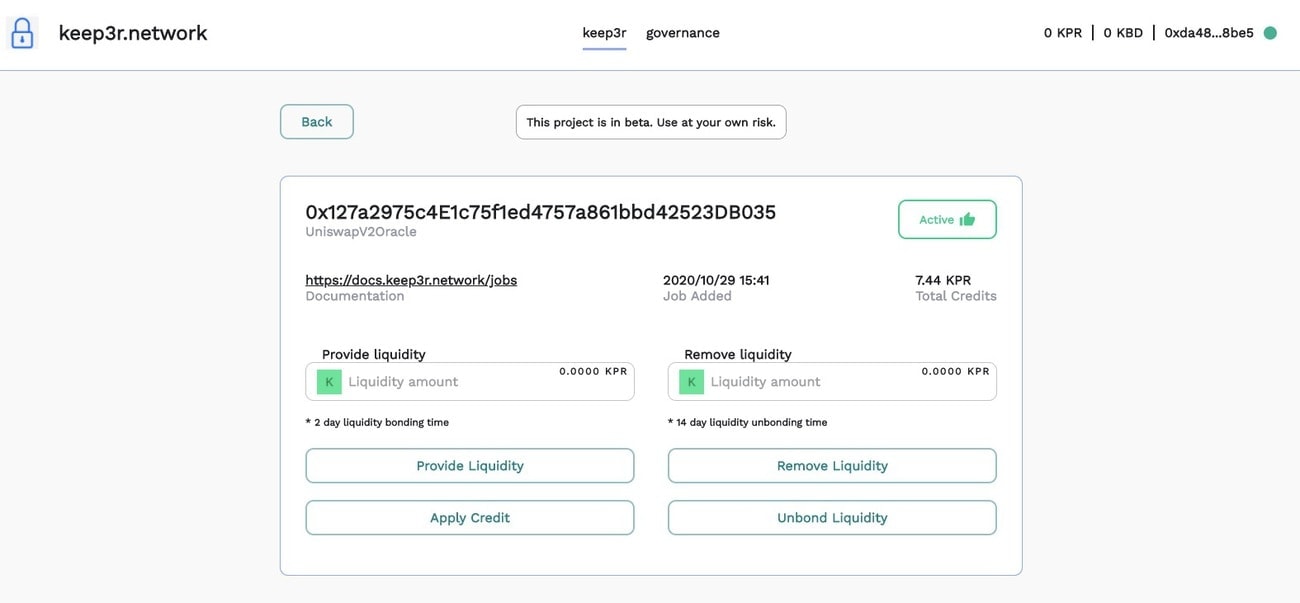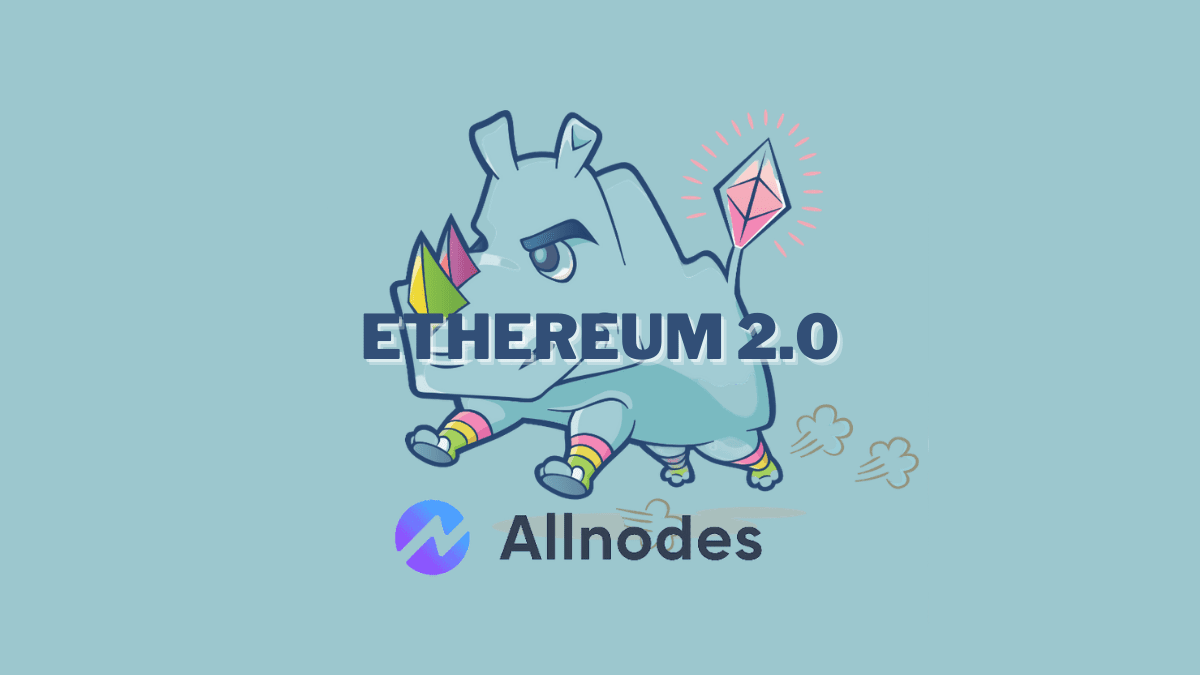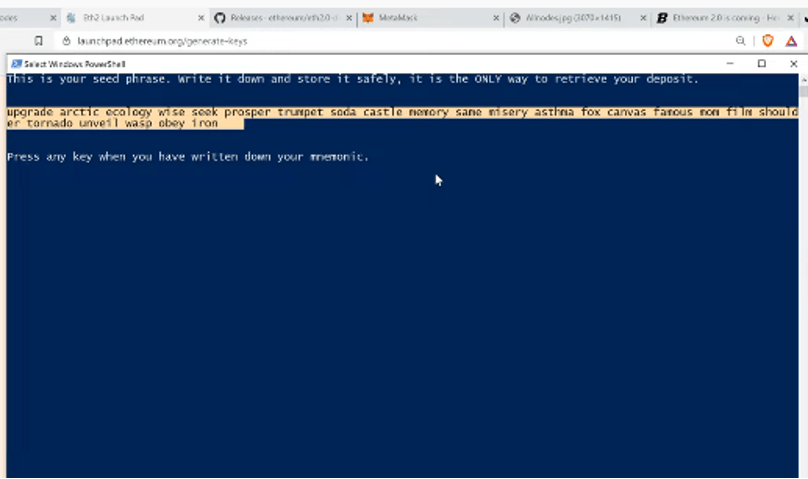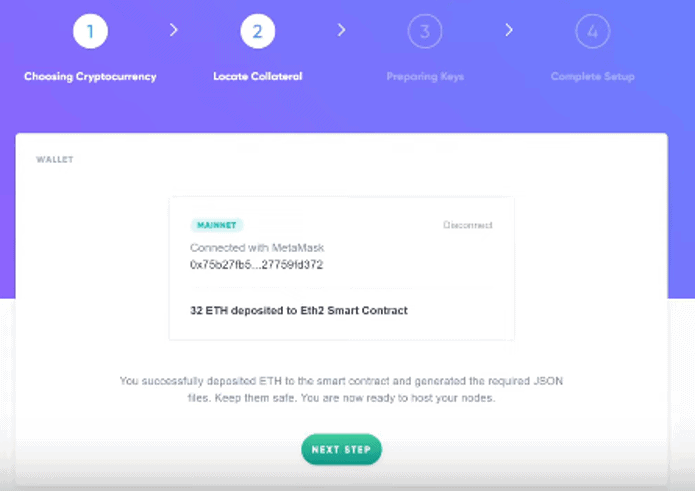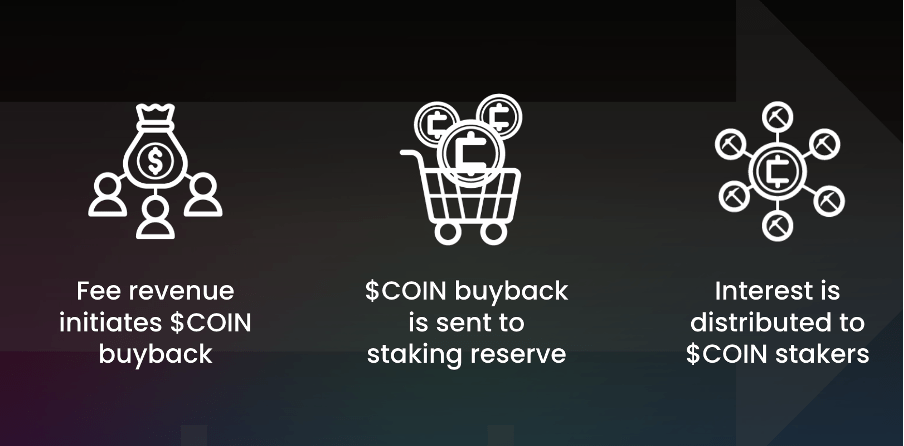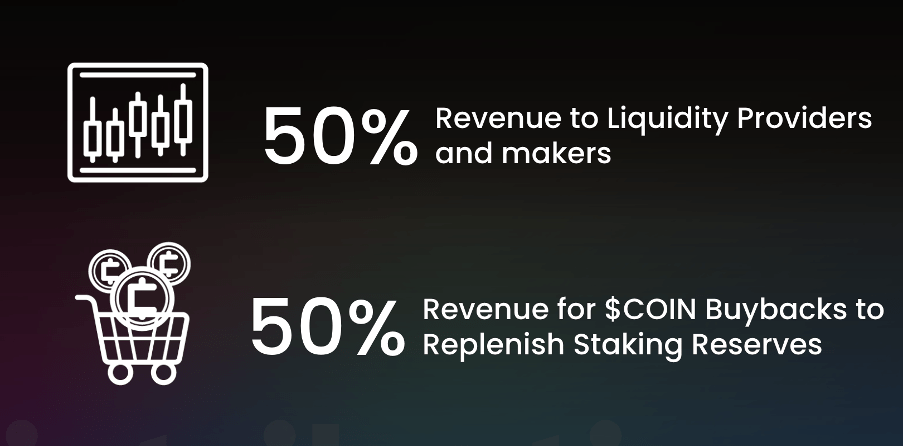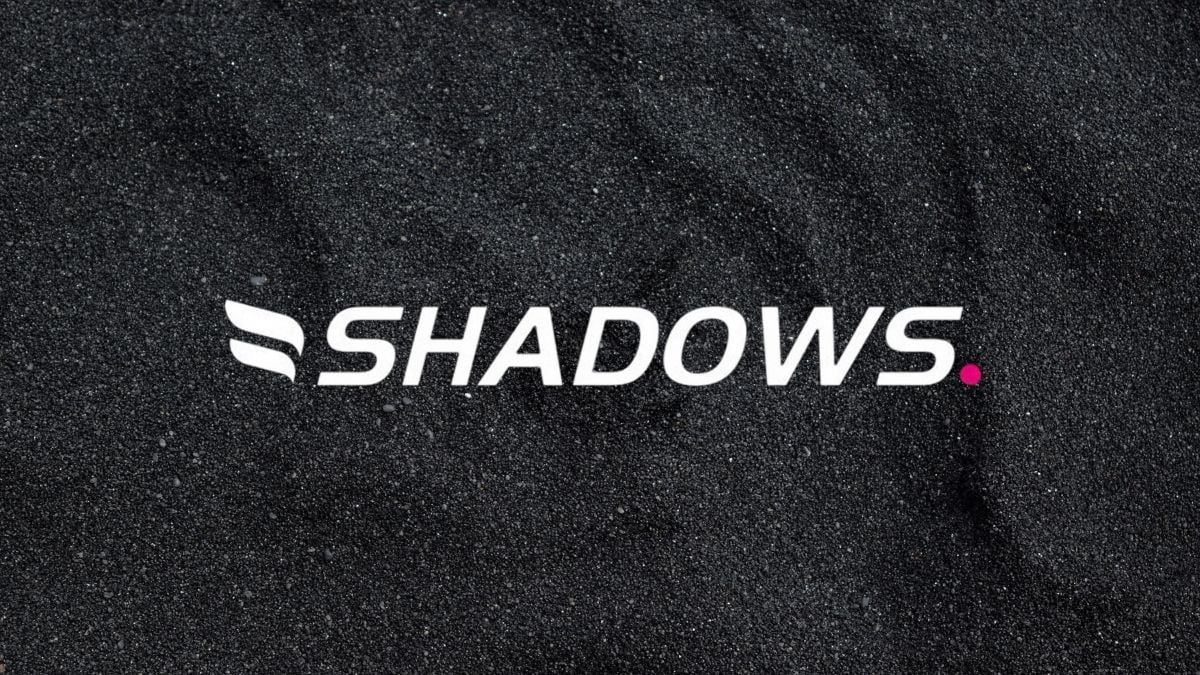Gemini is a leading regulated cryptocurrency exchange founded by the Winklevoss twins in 2014, offering a secure platform to trade over 20 digital assets, including Bitcoin, Ethereum, Litecoin, and more. The following topics will be covered in this review of one of the most reputable cryptocurrency exchanges: what the Gemini crypto exchange is, a brief history, benefits and drawbacks of the platform, supported digital currencies, and all you need to know about the Gemini fees.
Sign up here to get started
What is Gemini?
Gemini is a leading cryptocurrency exchange founded by twin brothers Cameron and Tyler Winklevoss in 2014. It is one of the biggest regulated crypto exchanges, operating in six continents and providing a user-friendly platform. Gemini is known for its security, with no publicly known large-scale hacks. It offers a wide range of services, including buying and selling of cryptocurrencies, trading, and custodial services. Gemini also provides a secure wallet for storing digital assets, as well as a mobile app for trading on the go. With its commitment to security and customer service, Gemini is a great choice for those looking to buy, sell, and trade cryptocurrencies.

The Winklevoss twins rose to fame in 2004 after they sued Mark Zuckerberg over Facebook. Tyler and Cameron received $65 million in damages for their claim that Zuckerberg stole their idea for the popular social network. The pair famously invested $11 million into Bitcoin in April 2013, when each coin was worth just $120. Today, their investment is valued at well over $1 billion! Gemini, the cryptocurrency exchange founded by the Winklevoss twins, is based in New York and is quickly becoming one of the most respected exchanges in the digital currency space. It was also the world’s first licensed Ether exchange in 2016. Gemini is a secure and reliable platform for trading digital assets, offering users a safe and easy way to buy, sell, and store cryptocurrencies.
Key Features of Gemini
Top cryptocurrency exchange Gemini was created with security in mind. The exchange’s unique features include:
Fiat to cryptocurrency onramp for both beginner and seasoned traders: Gemini has advanced trading options for professionals but is also easy enough for new users and regular traders to use.
OTC desk and custody at Gemini: Taking use of Gemini’s markets and security infrastructure may be desirable for institutional investors.
Free withdrawals and deposits: Gemini is perfect for retail traders because it does not charge extra fees for deposits or withdrawals of either cryptocurrency or fiat currency unless you go over designated transaction thresholds.
Outstanding customer service: At non-busy times, you will receive a response to your question in less than two hours.

Key Advantages of Gemini
Here are some key advantages of Gemini:
Strong security
Gemini is a New York State Trust Company and regulated cryptocurrency exchange and custodian that puts security first. With institutional-grade technology and protocols, the majority of assets are held in its offline cold storage system and only a small portion is held in its online hot wallet. Gemini takes important steps to help ensure its customers’ data and funds remain secure, including maintaining sensitive data such as Personally Identifiable Information (PII), banking/financial information, and other data that may directly or indirectly identify customers. Gemini is committed to protecting customers’ assets and data to ensure their security.

Gemini is a secure cryptocurrency exchange that implements field-level encryption for sensitive data in its databases, as well as encryption in transit between all production systems. It has a data classification framework to assign risk ratings to all data, and strict physical security controls to protect assets, data, and personnel. Access to systems and customer data is granted based on the employee’s role and job duties, and Gemini was the first platform to obtain insurance on its online “hot” wallet, providing USD 200 million of protection for digital assets in Gemini Custody.
Usability and Design
Gemini is a secure and reliable crypto exchange and custodial service provider, ideal for both beginners and experienced investors. It offers a user-friendly experience, a convenient mobile app, an advanced platform for traders, and interoperability between different products. Gemini’s Exchange and Custody services are perfect for those less crypto-savvy, while institutional investors can take advantage of the Custody and Gemini Clearance OTC platform. Professional traders can make the most of Gemini’s Active Trader and API tools. Gemini is a great choice for those looking for a secure and reliable crypto exchange and custodial service.

Customer Support
Gemini offers comprehensive customer support for users dealing with issues. Customers can submit a ticket request through a form using their email address, write to Customer Support at their address, call Customer Support at +1 (866) 240-5113 (toll-free in the USA), or direct message @GeminiSupport on Twitter. Gemini takes customer support seriously and users can expect a response within a few hours.

Supported Countries
Gemini is a United States-based exchange available in more than 50 countries worldwide, including North America, South America, Europe, Asia, Oceania, and Africa. To sign up for a Gemini account, customers must provide their full legal name, date of birth, address, phone number, social security number, and email. Additional documentation is required for full verification and to withdraw from the exchange, such as a valid passport, driver’s license, and/or national identity card. Canadian residents must provide a valid passport, driver’s license, and social insurance number.
Key Disadvantages of Gemini
Fees
Gemini Exchange has a complex fee structure for different products, including API fees, mobile fees, web fees, custody fees, ActiveTrader fees, and transfer fees. All orders placed via Gemini’s website and mobile phone application incur a convenience fee of 0.5% and a transaction fee based on the order amount in the account currency. API fees are based on the number of API calls made, while mobile fees are based on the order amount. Web fees are based on the order size and type, while custody fees are based on the number of assets held in custody. ActiveTrader fees are based on the order size and type, while transfer fees are based on the amount and type of transfer.
Gemini is a regulated cryptocurrency exchange that is more expensive than other exchanges for retail traders. However, it is still cheaper than Coinbase. If you are looking for an exchange with low volume transaction fees, you may want to consider BitFlyer, Kraken, Bittrex, Bitstamp, and Coinbase Pro, which charge from 0.16% to 0.5% per order without any additional trading fees. Gemini is a secure and reliable exchange, but if you are looking for a more cost-effective option, there are other exchanges available.
Gemini offers traders the option of trading via its ActiveTrader platform or API. All orders placed via either of these methods are subject to the same 30-day trading volume adjusted maker-taker fee model. This model is designed to reward traders who provide liquidity to the market by offering lower fees for maker orders, while taker orders incur higher fees. This fee model is designed to encourage market liquidity and provide traders with a competitive edge. With its competitive fees and advanced trading features, Gemini is an attractive option for traders looking to take advantage of the latest trading technology.
Which Coins Can You Buy at Gemini?
Gemini is a highly trusted and institutional-friendly exchange that only supports Bitcoin and Ethereum. This is because these two cryptocurrencies have been around long enough to prove themselves, and Gemini wants to maintain its reputation as a reliable platform. By only offering these two assets, Gemini can ensure that it won’t have to delist any assets, which would make the exchange appear less sophisticated and mature. Gemini is committed to providing a secure and reliable trading experience for its users.
Which Deposit Methods are Accepted at Gemini?
Gemini is a digital asset exchange that allows users to buy, sell, and store digital assets such as Bitcoin (BTC), Ethereum (ETH), Litecoin (LTC), Bitcoin Cash (BCH), Basic Attention Token (BAT), and Chainlink (LINK). It also accepts deposits in USD via ACH (automated clearing house) in the US and wire transfers elsewhere, as well as deposits in Bitcoin and Ether. Gemini is a secure and regulated platform that provides users with a safe and easy way to buy, sell, and store digital assets. With its advanced security measures, Gemini ensures that users’ funds are safe and secure.
Account Verification
Verifying your personal account is quick and easy with our simple step-by-step process.
- First, visit Gemini.com.
- Click “register” at the top of the page.
- Fill out the details on the following page. Your entire name, email address, and password will be included in this. Read the “user agreement” and the “privacy policy” after you’ve finished.
- Please select the box to the right of the “create my account” link if you agree to the conditions of these documents. Following that, click the “create my account” link.
- On the following page, enter your phone number. It’s crucial to enter the proper number because this will be used for verification. To verify that the number is actually yours, a code will be issued to your phone. This must be typed into the appropriate field.
- Connecting your bank account to your Gemini exchange account is the next step. In the future, this will make adding US cash to your account much quicker. Simply provide the information requested when asked.
- Upon the addition of your bank account, you must confirm your identification. In order to do this, you must provide numerous types of documentation. Although it is customary for “know your customer” and compliance checks, some prospective customers may be discouraged from enrolling as a result.
- Gemini requires new users to provide both a photo ID and a proof of address, as seen in the screenshot above. They are very particular about the types of photo identification they will accept; just a passport will do! They do, however, accept a few alternative kinds of address proof.
- Your account will be fully verified in one to three days. While you wait, you will have access to some features. They consist of trading between the various pairs and making bitcoin deposits. But, until the account is validated, fiat withdrawals and deposits are not permitted.
Who Should Use Gemini?
Gemini is a secure and reliable cryptocurrency exchange, ideal for professional traders and those exchanging large amounts of fiat currency for either Bitcoin or Ether. It offers enhanced security features to protect both fiat and digital currency accounts, as well as a sliding scale of fees that favors those who make lots of trades. Gemini is a great choice for those who value security and want to make lots of trades daily.

Gemini is a great place for beginner traders, adopters, or investors to start their journey into cryptocurrency. It offers a secure platform to buy, sell, and transact in Bitcoin and Ethereum. However, those looking for exposure to a wider range of digital assets may be better off using a different exchange such as Kucoin. Beginner investors who want to take up a decent position in either Bitcoin or Ethereum and demand the highest level of security should consider using Gemini.
Conclusion
Gemini is a secure and trusted cryptocurrency exchange that offers high-level security and is suitable for different kinds of investors and traders. It is not ideal for those wanting to switch in and out of various cryptocurrencies but is great for large volume and one-off buys. Gemini is supported by the likes of the Chicago Board Options Exchange for their Bitcoin futures financial product. It is important to remember that it is still not a good idea to leave your cryptocurrency on an exchange platform, even though most of Gemini’s BTC and ETH are kept offline. Other reliable exchanges, such as Binance, Kucoin and Kraken, offer more fiat currencies and more flexible platforms.
Disclaimer: Cryptocurrency trading involves significant risks and may result in the loss of your capital. You should carefully consider whether trading cryptocurrencies is right for you in light of your financial condition and ability to bear financial risks. Cryptocurrency prices are highly volatile and can fluctuate widely in a short period of time. As such, trading cryptocurrencies may not be suitable for everyone. Additionally, storing cryptocurrencies on a centralized exchange carries inherent risks, including the potential for loss due to hacking, exchange collapse, or other security breaches. We strongly advise that you seek independent professional advice before engaging in any cryptocurrency trading activities and carefully consider the security measures in place when choosing or storing your cryptocurrencies on a cryptocurrency exchange. (https://comcapllc.com)


